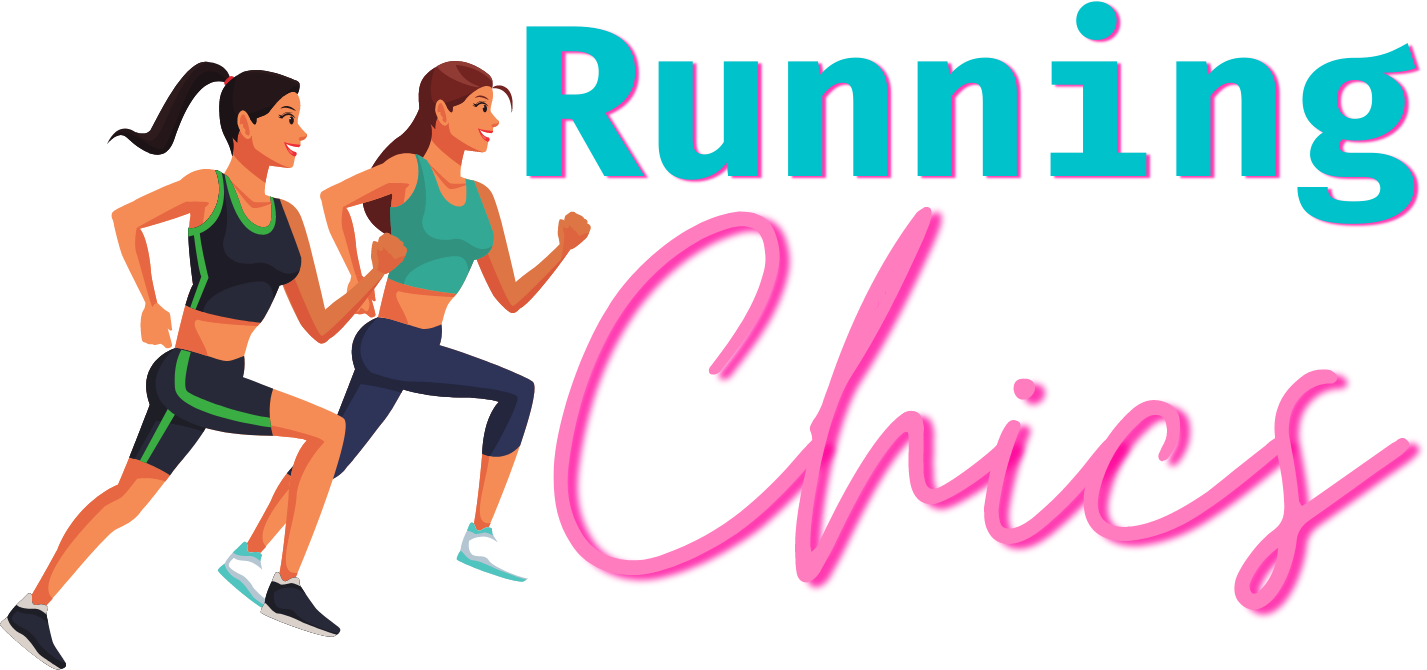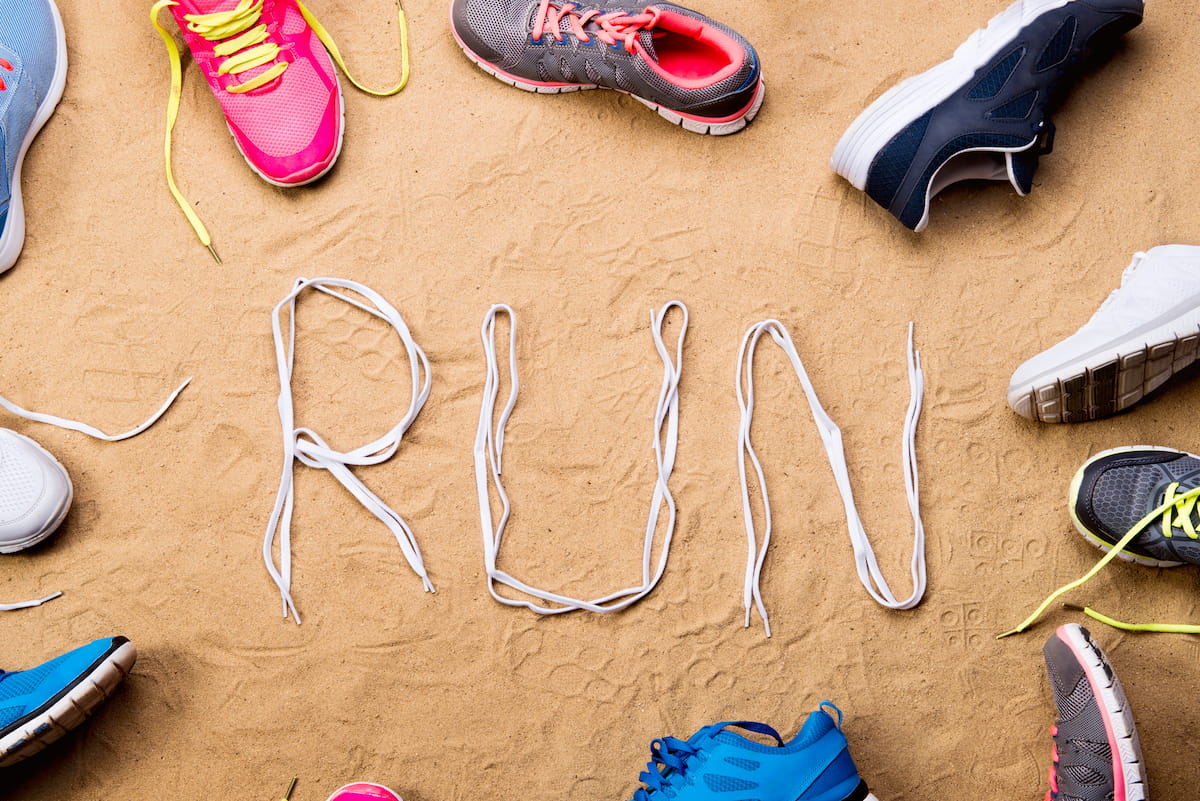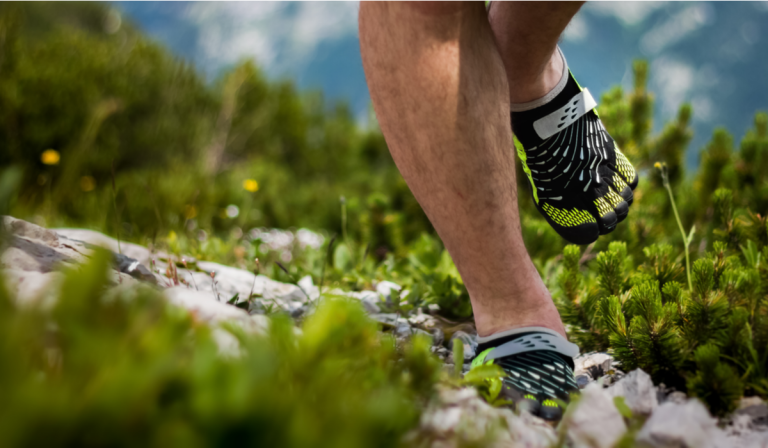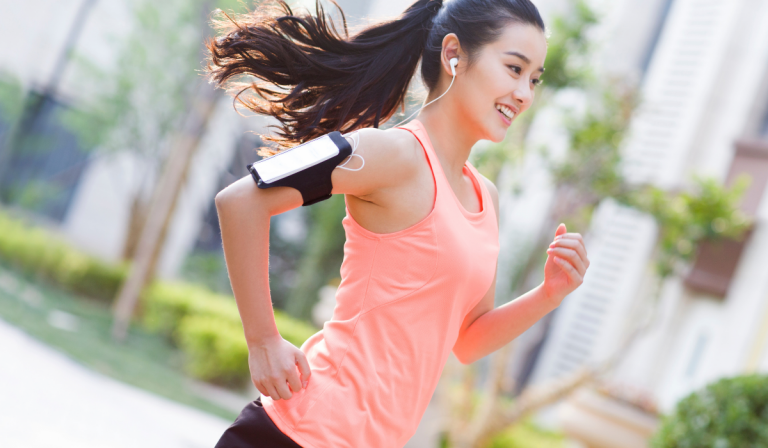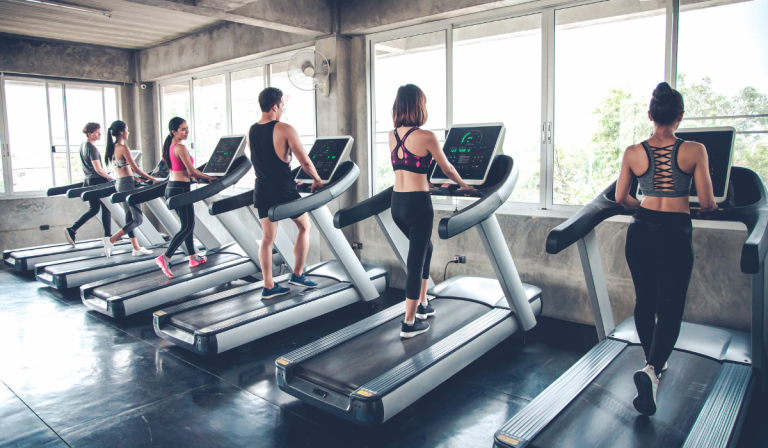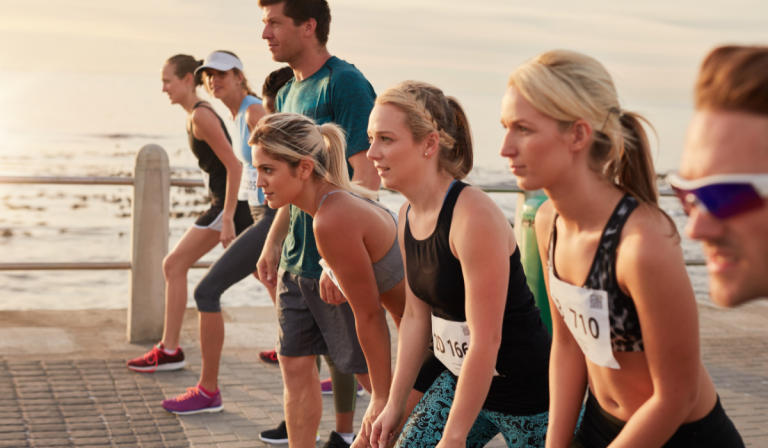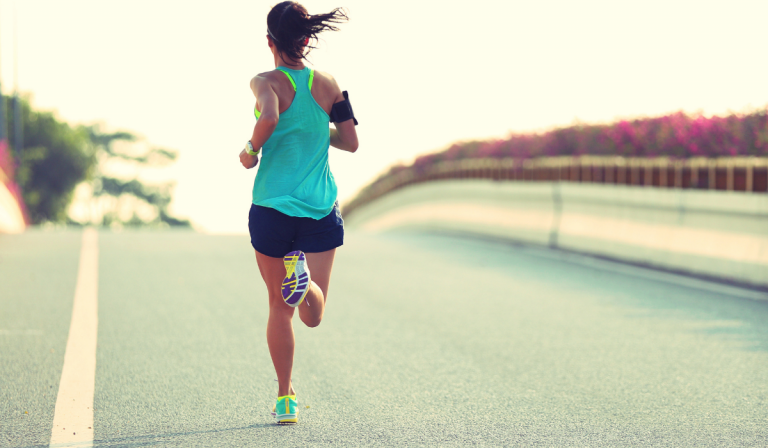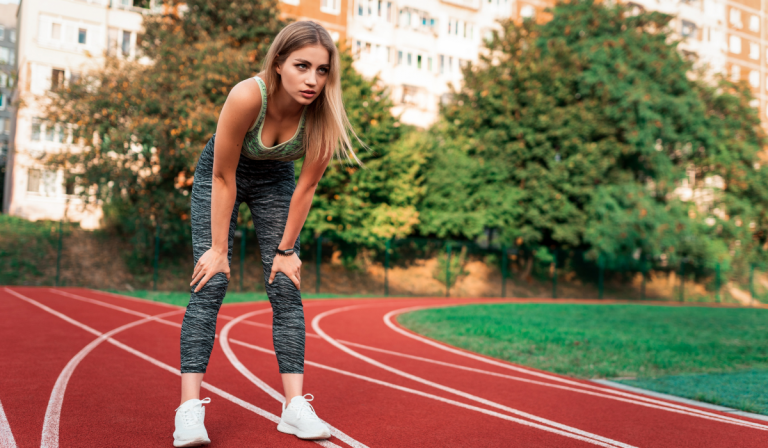Maximalist vs. Minimalist Running Shoes: Which is Better?
Depending on who you ask, some people may prefer maximalist running shoes to minimalist running shoes and vice versa. A simple look at the shoes might convince you that the two are vastly different, but that is not true.
On the contrary, the two share many similarities, including low heels and lightweight feel. The main difference between the two is the height of the midsole or the stack height.
So how do you choose the best shoe for you?
Maximalist vs. minimalist? Which is better?
Maximalist running shoes are built for ultra-running or running long distances over variable terrain where cushioning and protection is crucial. Minimalist running shoes give you a better grip on the ground, making you feel more stable when running.
Choosing the right shoe helps avoid injuries. Below we discuss both shoes in detail so you can decide which shoe is best for you.
Maximalist Running Shoes
Maximalist running shoes are characterized by cushioned, thick midsoles with wide edges. They also have a comfortable, natural fore-foot shape and a heel drop of 0 mm to 8 mm.
Maximalist shoes are more stable, and the cushioning reduces the force on the toe joints.
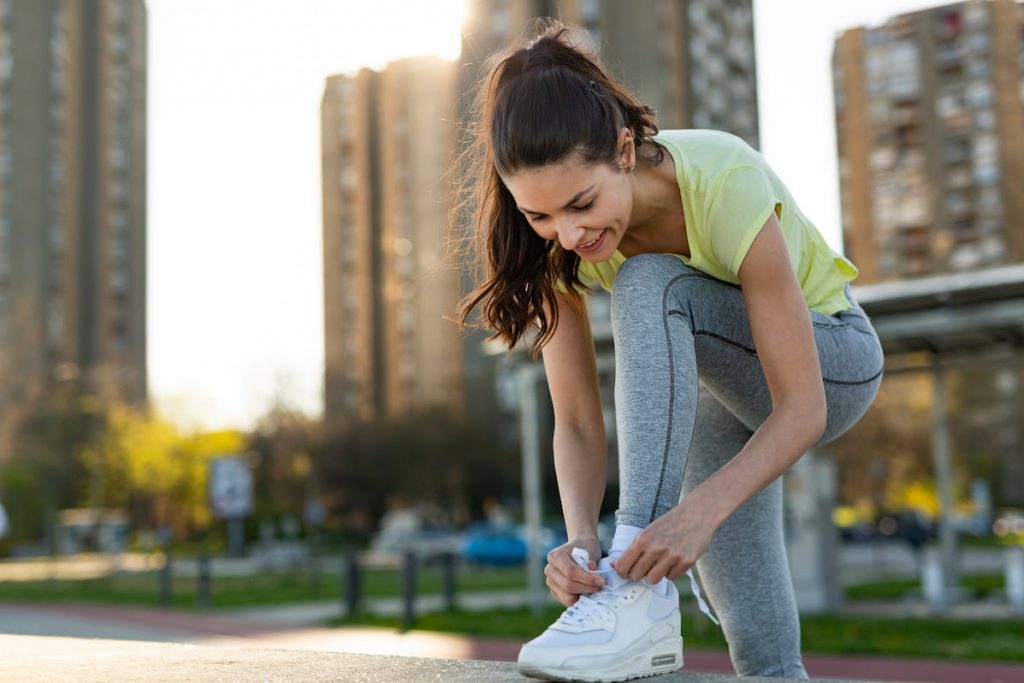
Although the heavy cushioning in maximalist running shoes is meant to reduce the impact on your feet, some studies show that these shoes can cause heel strikers to hit the ground harder than they usually would.
Nevertheless, maximalist running shoes are ideal for covering a wide range of surfaces.
For this, the maximalist running shoes have not only captured the hearts of ultrarunners but also gained popularity amongst road racers because they are light enough to be worn in any race, regardless of the distance to be covered.
A study by LAVA Magazine in 2016 shows that most athletes prefer maximalist designer running shoes. Minimalist brands like Vibram, on the other hand, were rarely worn by athletes.
Advantages of Maximalist Running Shoes
- Midsole shock absorption
- Reduces strain on the hips and knees
- Less pressure on metatarsophalangeal joints
- Better comfort while running
Disadvantages of Maximalist Running Shoes
- Feels heavier for some runners
- Tends to encourage a harder heel strike
Minimalist Running Shoes
Minimalist running shoes, on the other hand, are designed to imitate running barefoot. They are sneakers with low stacks and minimal to no heel drop.
They are also very light and highly flexible, with minimal cushioning to give you the ultimate natural feel of the track when running.
Some runners prefer minimalist running shoes because they don’t have the rigid spring of maximalist shoes that can cause foot issues.
Furthermore, they offer a simpler, easier, and more efficient running form because of their lightweight nature.
Many runners also believe that training barefoot helps strengthen their feet, improving their health and making them less susceptible to injuries.
However, since nobody is willing to take their bare feet to the streets, a pair of minimalist running shoes is a good substitute.
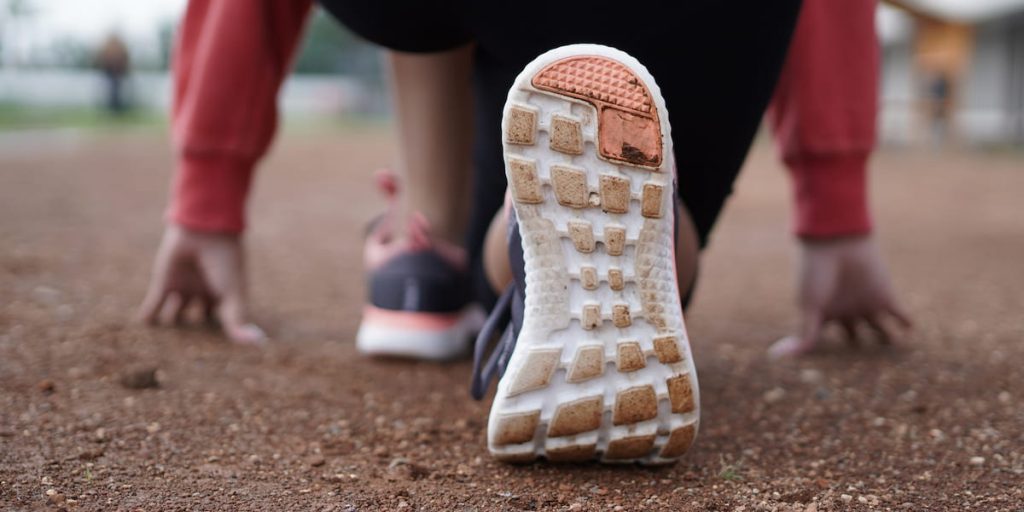
Although they give you the barefoot running experience, minimalist running shoes demand more ankle and foot strength. This may cause strain, especially when changing from other shoe types, specifically those with higher heel drops.
Also, minimalist shoes might not suit people with slightly weaker hips.
Either way, the primary purpose of wearing a minimalist running shoe is to enable your feet to grow stronger and build resistance to heel striking.
Advantages of Minimalist Running Shoes
- Reduces stress on knees and hips
- You get to experience the natural feel of the road when running
- Improves balance
- Improves performance for jumping and sprinting
- Reduces pronation
- Decreases oxygen consumption as a result of decreased footwear weight
- Increases foot strength
Disadvantages of Minimalist Running Shoes
- There is a risk of your heel and feet becoming overstressed due to inadequate shock absorption.
- The transition from other shoes may pose a higher risk of injury.
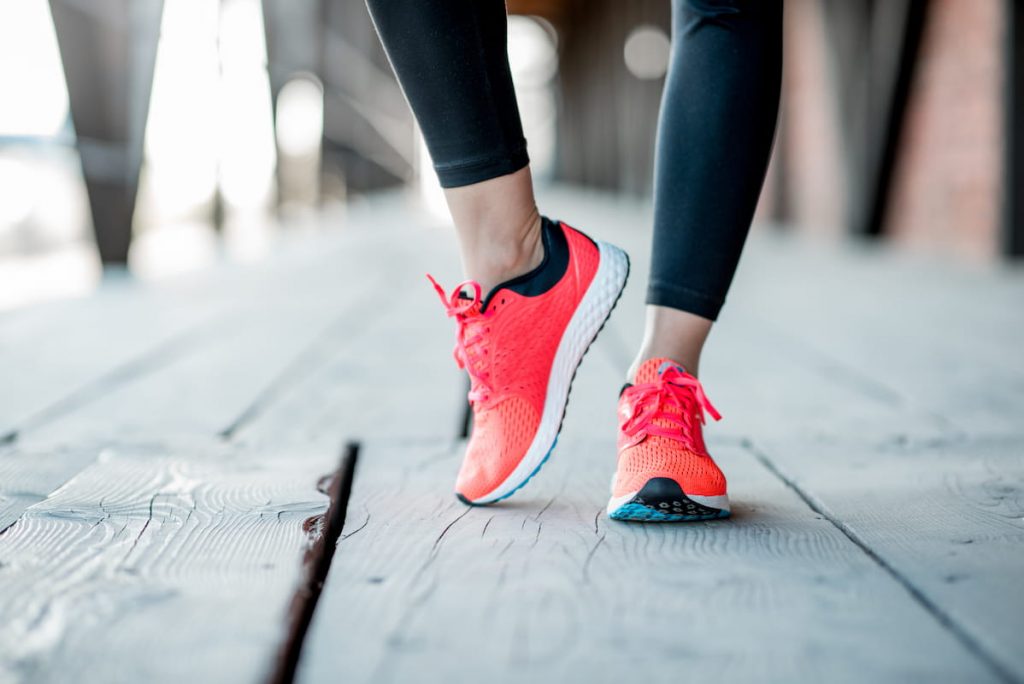
How Can You Tell Which Shoe is Best for You?
Consider Your Strike
A heel strike tends to stress your knees, while a midfoot strike can stress your ankle joints. Generally, maximalist shoes better suit heel strikers, while minimalist shoes better suit midfoot strikers.
Studies have also pointed out that you will often hit the ground harder with maximalist shoes because of their padding. However, the harder impact on the heel doesn’t mean a higher risk of injury.
Although people with experience exercising in both shoes might have mixed reactions, studies have pointed out that people with pain sensitivity preferred cushioned running shoes.
Therefore, whether you are having difficulties with your heels or feet or are simply uncomfortable with the flat shoes, you should consider going for the padded maximalist shoes.
Consider Your Weight
Yes. You should put your weight into consideration when acquiring training shoes.
For example, studies have shown that people above 165 pounds (75 kilograms) have a higher risk of getting injured while training in a minimalist running shoe. If you are over 187 pounds, you are three times as likely to get injured.
Therefore, with regard to a runner’s weight, maximalist running shoes are best for those who weigh more than 165 pounds.

When Should you Wear a Minimalist Shoe?
Although maximalist running shoes are popular and widely accepted for training and running sessions, there are moments and situations worth considering the minimalist running shoe.
You might wear a minimalist shoe:
- When you prefer the feel of the training track or the road
- When running on a flat surface
- When changing the running style with reference and regard to directions from your physician
- When considering conditioning as part of your training sessions
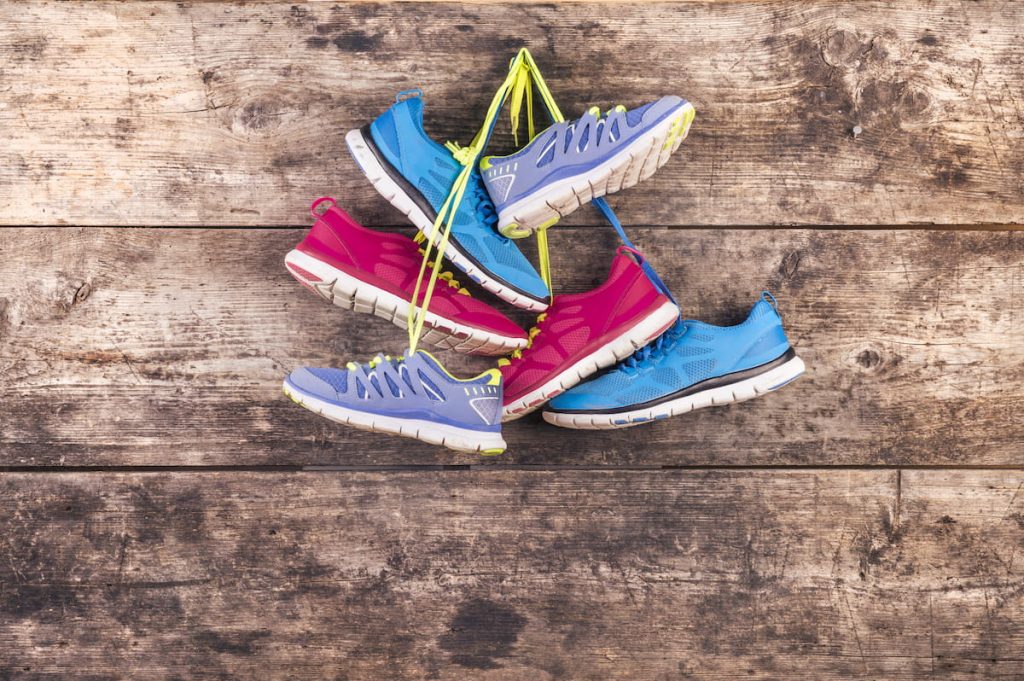
When to Switch Shoes
Neither the maximalist nor the minimalist shoe models have any long-term and approved studies to back any claims they peddle. Therefore, make your decision based on your preferences.
However, what pointers should you look out for when you want to change running shoes?
- If you are suffering from repeated injuries
- If you’ve gained weight
- If you’ve lost weight
- If you’ve changed how you work out
If you are injury-free with your current shoes, there is no need to change.
Neither shoe type will prevent injuries. You just have to find the best shoe that is comfortable for you when running.
However, to stay in the best fit condition, you will need comprehensive training comprising hip strengthening stretches, smart training, and cross-training exercises.
Conclusion
Finding the best running shoe for your training exercises entails finding what works best for you. Don’t go for a specific pair just because everyone else is.
If you must change, start with light exercise in your new shoes to avoid possible risks of injuries and find what works best for you.
Lastly, be wary of misinformation because most people will persuade you to purchase shoes based on their preference and not yours.
Resources
- https://www.docontherun.com/minimalist-vs-maximalist-running-shoes/
- https://newmexicoshoes.com/blogs/new-mexico-shoes-blog/minimalist-vs-maximalist-running-shoes-which-pair-suits-you-best
- https://www.athletico.com/2015/06/18/endurance-running-shoes-minimalist-shoes-vs-maximalist-shoes/
- https://www.hmpgloballearningnetwork.com/site/podiatry/point-counterpoint-are-maximalist-running-shoes-better-minimalist-running-shoes
- https://www.podiatryshetland.co.uk/minimalist-vs.-maximalist
- https://www.runtothefinish.com/minimal-or-maximal-running-shoes-which-is-right-for-you/
- https://brooklynactivemama.com/07/2015/maximalist-vs-minimalist-which-running-shoe-are-you.html
- https://runblogger.com/2015/03/minimal-vs-maximal-why-are-we-still-debating-this.html
- https://www.runnersworld.com/health-injuries/a22826538/how-much-to-wear-minimal-shoes/
